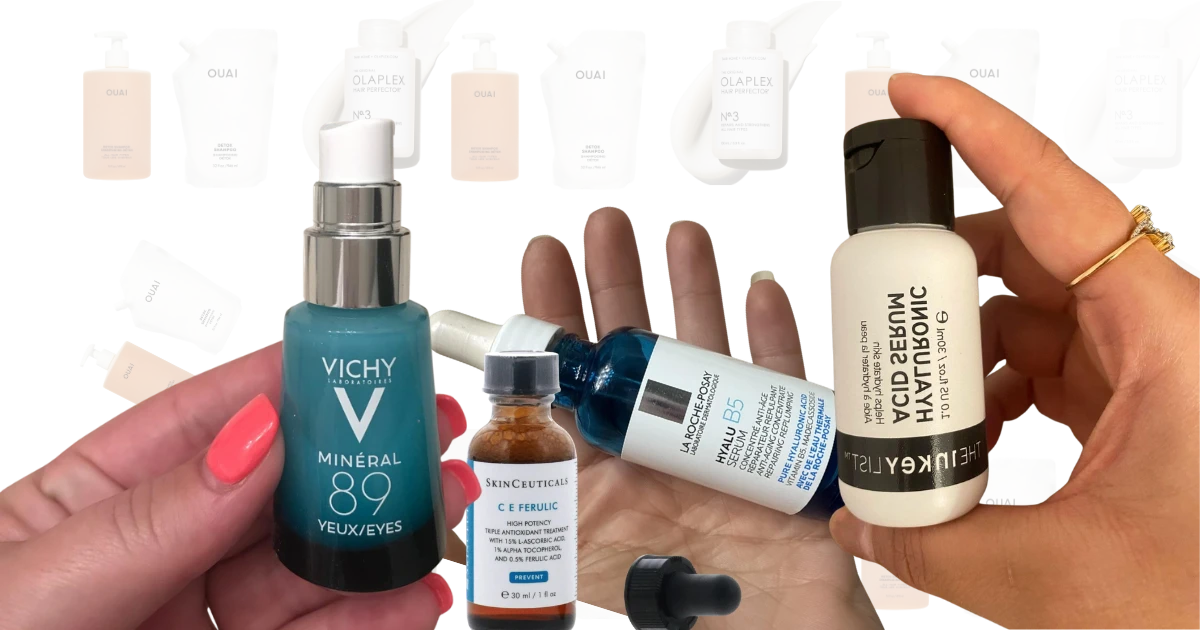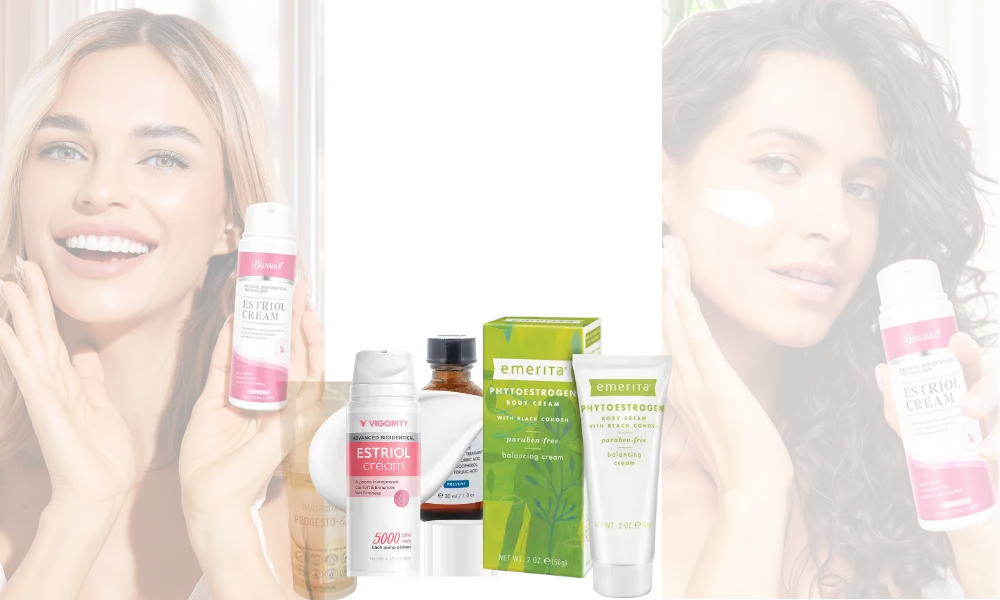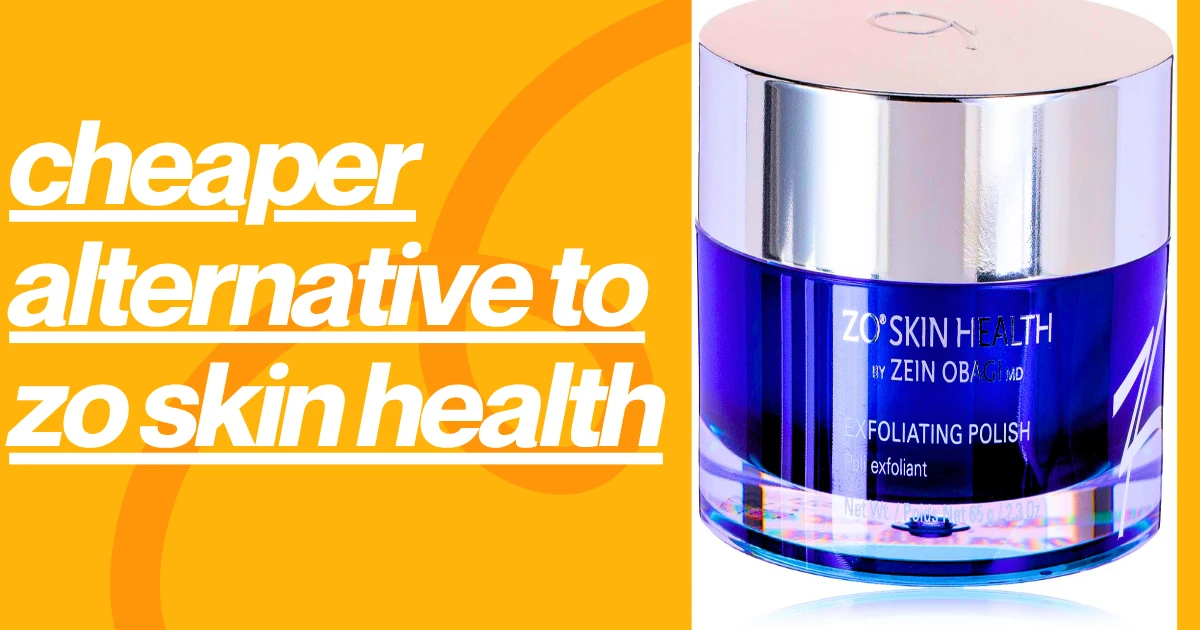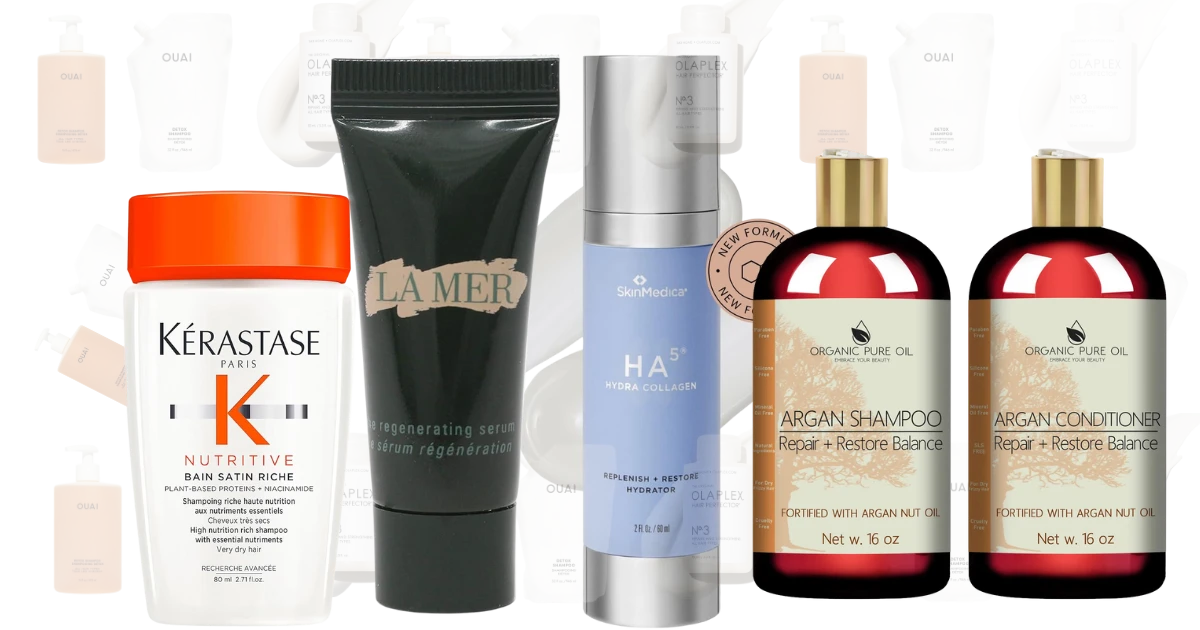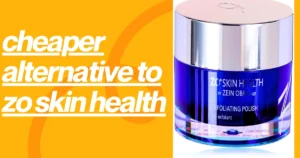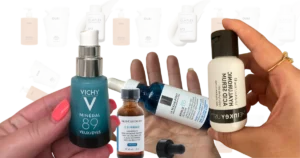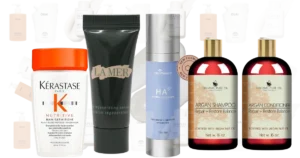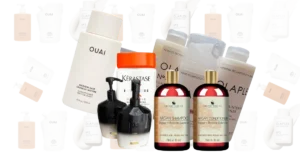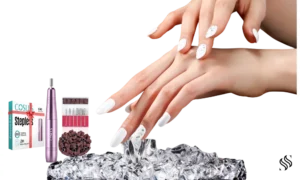Let me tell you a little secret from over a decade in skincare: I’ll never stop being amazed by hyaluronic acid serums. I’ve watched them evolve from niche dermatology offerings to must-have staples on nearly every vanity. But with so many products out there claiming to be “the best hyaluronic acid serum,” it’s easy to feel overwhelmed—or misled.
In this post, I’ll walk you through what truly makes a standout hyaluronic acid serum, share hard-earned lessons from 10 years of testing formulas (on myself, clients, and behind the scenes), and reveal my picks and tips so you can land exactly the right one for your skin. If you follow my approach, you’ll not just boost hydration—you’ll see how your skin holds it, doesn’t feel sticky, and keeps getting better over time.
Let’s begin.
Table of contents
- What Makes a Hyaluronic Acid Serum “Best” (From My Experience)
- My Top Picks for the Best Hyaluronic Acid Serum (with Real Notes)
- SkinCeuticals Hyaluronic Acid Intensifier
- Isdinceutics Hyaluronic Concentrate
- The Inkey List Hyaluronic Acid Serum
- La Roche-Posay Hyalu B5 Pure Hyaluronic Acid Serum
- Vichy Minéral 89 Hyaluronic Acid Booster / Serum
- How to Use Hyaluronic Acid Serum
- Avoiding Common Mistakes & My Personal Lessons
- Choosing the Right HA Serum for Your Skin
- Conclusion
- FAQs
What Makes a Hyaluronic Acid Serum “Best” (From My Experience)
Before I name favourites, we need criteria. Over the years, I’ve judged dozens of serums on:
- Molecular weight diversity: A formula with only one molecular weight often hydrates superficially. A mix (low, medium, sometimes high) ensures both deep and surface hydration.
- Concentration: I’ve found that a concentration of ~0.5–2% hyaluronic acid is optimal. Too little doesn’t move the needle; too much can backfire (irritation or heaviness).
- Texture & absorption: A great serum feels light, glides fast, doesn’t drag skin, and disappears (visibly) in 30–60 seconds.
- Complementing ingredients: I look for soothing agents (like B5, ceramides), barrier-repair actives, or peptides—but nothing to overpower.
- Stability & formulation quality: Packaging, pH balance, preservative system—these matter in real-world use (hot bathrooms, shipping, etc.).
- Skin-type compatibility and user feedback: Over the years, I’ve tested on dry, oily, combination, mature, and sensitive skins. A serum that works across types (or has variants) earns extra marks.
I’ll return to these metrics as I discuss specific serums below.
My Top Picks for the Best Hyaluronic Acid Serum (with Real Notes)
Below are serums I trust—tested on my own skin, recommended to clients, and revisited over time. Use them as starting points, not strict prescriptions.
1. SkinCeuticals Hyaluronic Acid Intensifier
One of the more “premium” picks, and with good reason. Its thicker gel-serum texture gives a bit of cushion when applying (which I personally enjoy). It includes liquorice root extract, purple rice, and hyaluronic boosts. Many editors, including Who What Wear, call this the “best overall” HA serum for 2025. (Who What Wear)
My take: On my combination skin days (oily T-zone, dry cheeks), this one balanced nicely—no pilling, no slick residue. I used just 3–4 drops and layered a lightweight moisturiser over it. Over the weeks, I noticed fewer dry flake patches in winter.
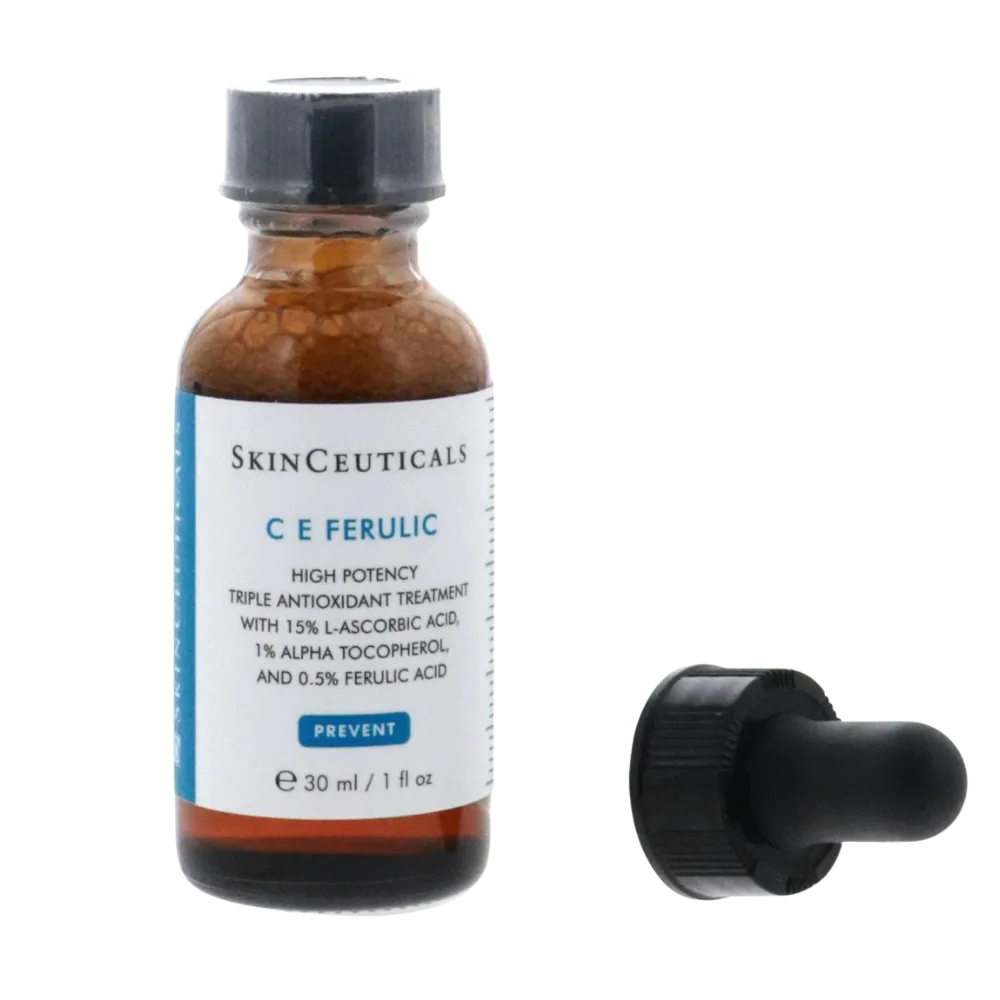
SkinCeuticals Hyaluronic Acid Intensifier
- Key Ingredients: Hyaluronic acid, Proxylane™, liquorice root extract, purple rice extract
Texture: Lightweight, silky gel-serum
Results: Plumper, smoother, and firmer skin within 2–4 weeks
Best for: Dry, dehydrated, or mature skin
Price Range: $100–$150 (30 ml)
2k+ bought in the past month (6120 reviews, 4.3/5 Rating)
Premium Piks
2. Isdin Isdinceutics Hyaluronic Concentrate
This is often named “best overall” in comparative reviews. It has multi-weight hyaluronic acid plus biomarine peptides. (InStyle)
My take: I gave this to a client with acne-prone, dehydrated skin. She reported it gave her a “plumped but non-greasy” glow and helped her makeup sit better. The one caveat: it contains a mild fragrance, so very sensitive skin should patch test.
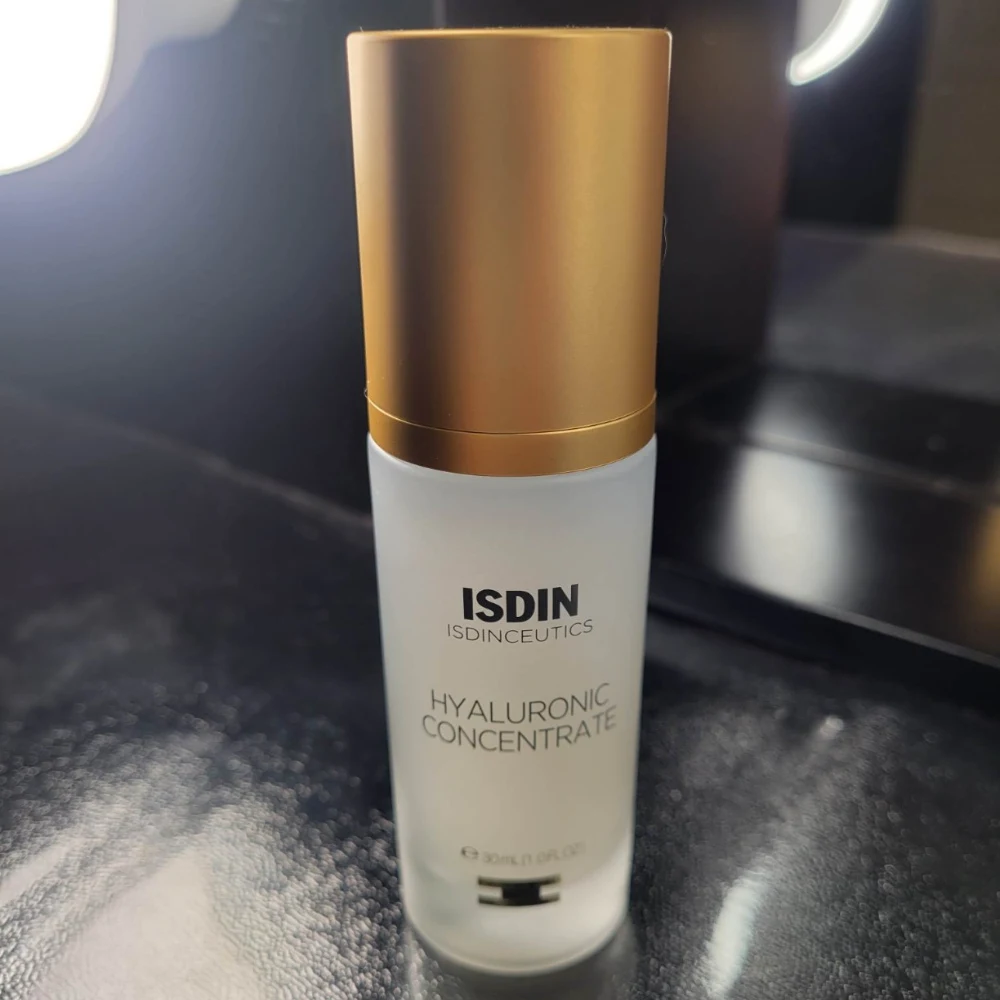
Isdinceutics Hyaluronic Concentrate
- Key Ingredients: Hyaluronic acid (low and medium molecular weight), bioMarine peptides, prebiotic complex, lentil extract
Texture: Lightweight, refreshing gel-serum
Results: Instantly hydrated, smoother, and more radiant skin within 1–2 weeks
Best for: Normal to oily, dehydrated, or dull skin
Price Range: $115 (30 ml)
800+ bought in the past month (5228 reviews, 4.5/5 Rating)
Best Overall
3. The Inkey List Hyaluronic Acid Serum
A solid mid-range, affordable option. It’s common to see it in “best budget” lists. (InStyle)
My take: I’ve used this for “lab skin” days—when I’m not experimenting or layering lots of treatments. It’s light, absorbs quickly, and does precisely what a hyaluronic acid serum should—hydrate without fuss. One minor annoyance: the packaging/dispenser isn’t always perfect, so I sometimes waste a drop.
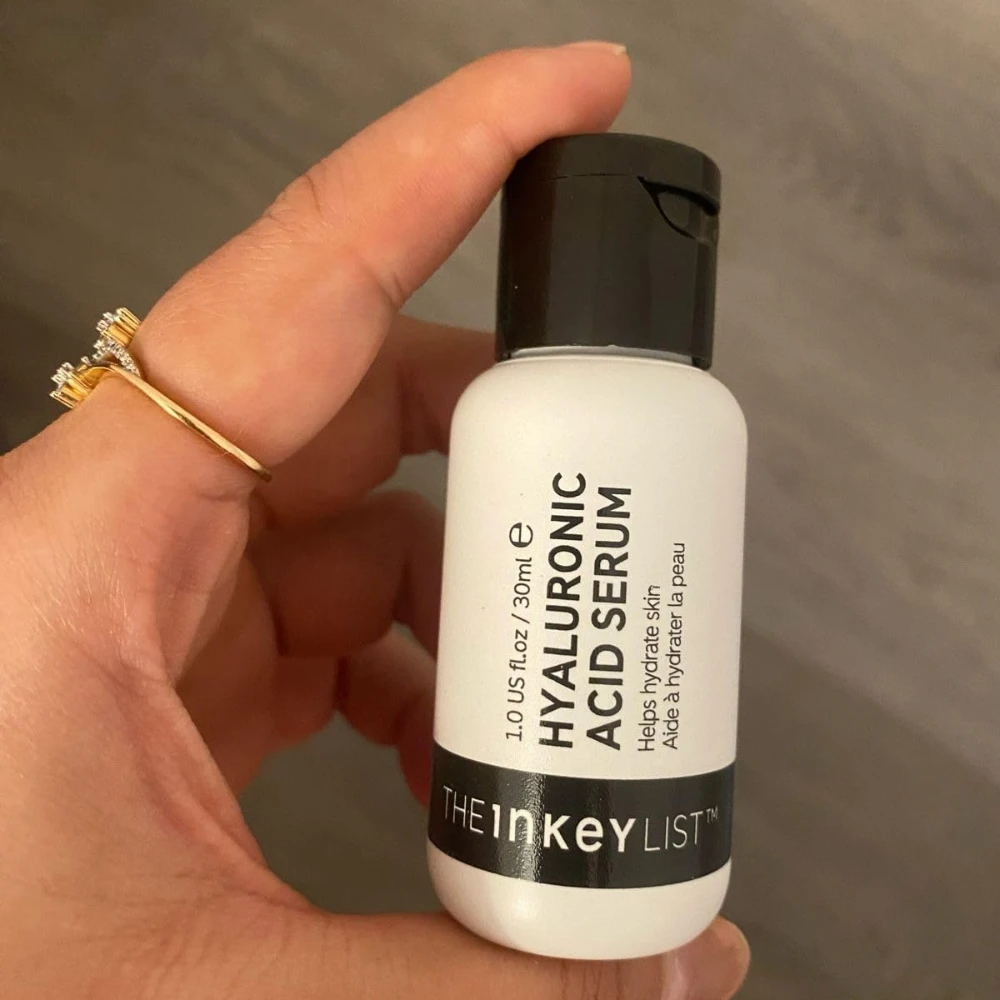
The Inkey List Hyaluronic Acid Serum
- Key Ingredients: 2% multi-molecular hyaluronic acid, Matrixyl 3000™ peptide
- Texture: Lightweight, water-based gel
Results: Instantly hydrates and plumps skin; smoother texture in 1–2 weeks
Best for: All skin types, especially dehydrated or combination skin
Price Range: $10–$15 (30 ml)
700+ bought in the past month (228reviews, 4.6/5 Rating)
Best budget
4. La Roche-Posay Hyalu B5 Pure Hyaluronic Acid Serum
A favourite in the drugstore / derm-favoured space, especially for sensitive or reactive skin. (Allure)
My take: I handed a bottle to someone dealing with rosacea and fragile skin. She used it morning and night, and within two weeks, her skin felt noticeably calmer and more hydrated—even in a harsh, dry climate. Because it contains vitamin B5 (soothing) and two types of hyaluronic acid, it supports hydration and barrier function.
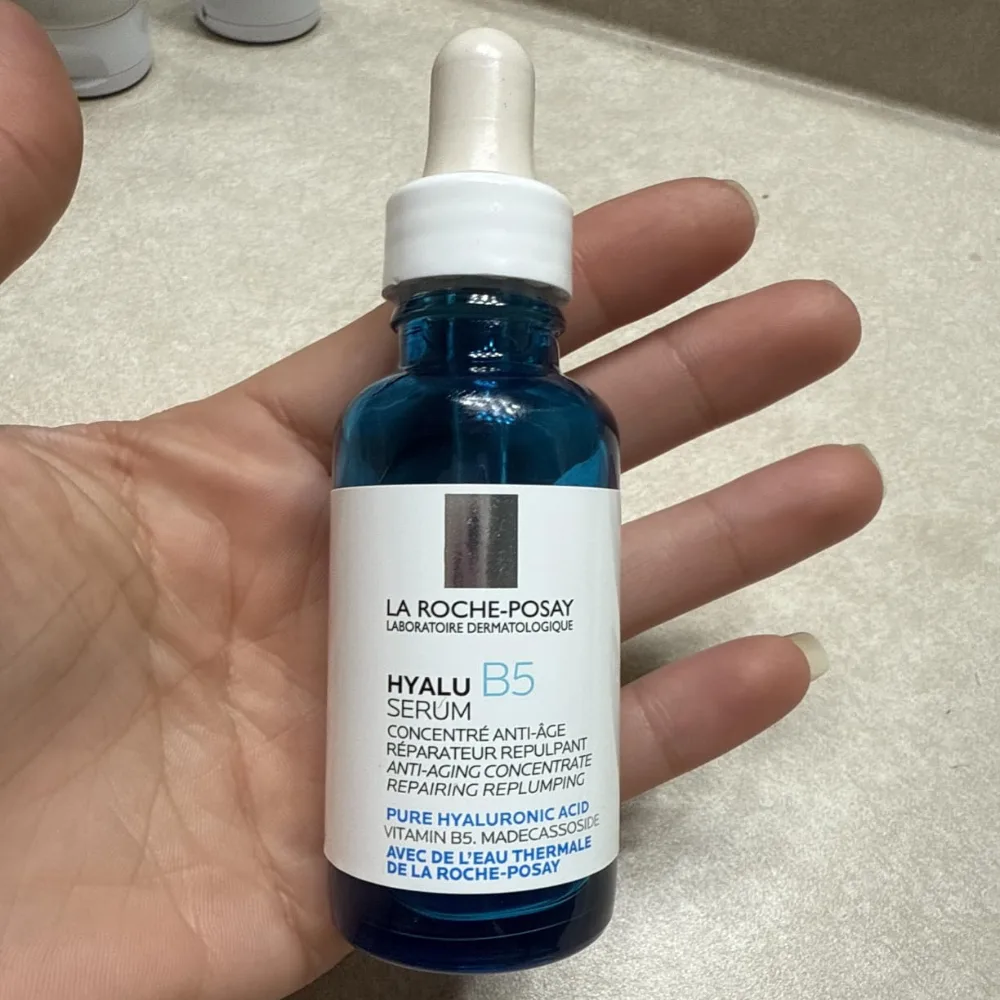
La Roche-Posay Hyalu B5 Pure Hyaluronic Acid Serum
- Key Ingredients: Hyaluronic acid (two molecular weights), vitamin B5, madecassoside
Texture: Lightweight gel-cream with a fresh, dewy finish
Results: Softer, plumper, and more hydrated skin in 1–2 weeks
Best for: Sensitive, dry, or dull skin
Price Range: $28–$45 (30 ml)
20K+ bought in the past month (32079 reviews, 4.6/5 Rating)
Best Selling
5. Vichy Minéral 89 Hyaluronic Acid Booster / Serum
Though often marketed as a “booster,” it’s used and trusted by many as a core HA serum.(Glamour)
My take: I carry the travel size in my kit. Its minimal, gentle formulation makes it ideal when you want hydration without risking irritation from stronger actives. It’s the kind of “no-surprise” serum you can layer safely.
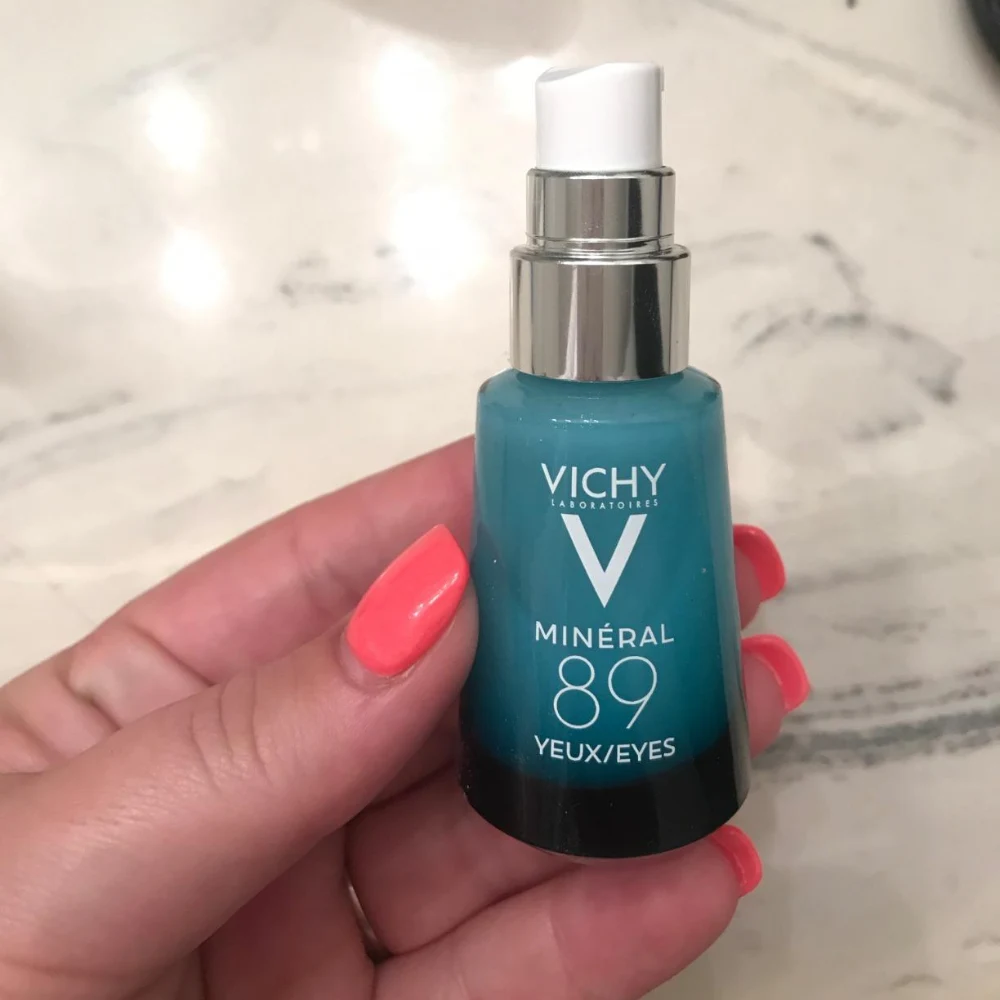
Vichy Minéral 89 Hyaluronic Acid Booster / Serum
- Key Ingredients: Hyaluronic acid, Vichy volcanic mineral water, glycerin
Texture: Lightweight, refreshing gel
Results: Hydrated, plumper, and more resilient skin in 1–2 weeks
Best for: All skin types, especially sensitive or dehydrated skin
Price Range: $25–$40 (50 ml)
3K+ bought in the past month (20929 reviews, 4.6/5 Rating)
Best Selling
How to Use Hyaluronic Acid Serum
Knowing what to apply after and before is just as important.
Apply to damp skin.
One of my best tips: mist or lightly dampen your face before applying your hyaluronic acid serum. HA draws water toward itself, so giving it moisture nearby helps it do its job, rather than pulling from deeper skin layers. Over the years, I’ve seen more consistent results when coupled with this habit.
Seal it in
After applying the hyaluronic acid serum, always follow with a moisturiser or occlusive layer (if your skin tolerates it). Without sealing, HA can sometimes evaporate moisture just as quickly as it draws it in. In my client work, skipping this step has often led to tightness rather than plumpness.
Don’t over-layer multiple HA products.
Back when I was newer to skincare, I used two or three HA serums in one routine (thinking “more is better”). I ended up with sensitivity and pilling. Stick to one HA source per routine and watch how your skin responds.
Morning vs Evening
- In the morning, use your hyaluronic acid serum after cleansing and before your vitamin C or antioxidant products.
- In the evening, it often sits best between lighter treatments (like a thin serum) and a richer night moisturiser.
Patch tests and sensitivity
Although HA is usually well-tolerated, always patch-test—especially if the formula contains additives (fragrance, essential oils, potent actives). Ten years in, I’ve seen some “gentle” products provoke reactions when a skin barrier is already stressed.
Avoiding Common Mistakes & My Personal Lessons
- Too high concentration: I once tried a 5% HA formula, and wound up with slight tingling and tightness. Stick to ~0.5–2%.
- Ignoring molecular weight: One product I reviewed had just high-molecular-weight HA. On drier days, it barely penetrated. Now I filter for “multi-weight” on labels.
- Using on bone-dry skin: I’ve been guilty of this. The result? A slightly “sucked out” feeling because HA had nothing to draw from. Always have a light dampness under it.
- Not rotating on rest days: Even the best HA serum benefits from occasional breaks or swaps (e.g., one night using a hydrating mask instead). It helps the skin remain responsive.
Choosing the Right HA Serum for Your Skin
Here’s a quick decision guide based on what I’ve learned:
| Every day, dependable | La Roche-Posay Hyalu B5 | Gentle, soothing, minimal irritants |
| Strong hydration + radiance | Isdin Isdinceutics | Multi-weight HA plus peptides |
| Layering under advanced activities | The Inkey List | Affordable, effective, fuss-free |
| Layering under advanced actives | Vichy Minéral 89 | Mild formula pairs well |
| Texture and firmness boost | SkinCeuticals HA Intensifier | Enriched formula for plumping effect |
Also, always check the ingredient list, customer reviews, and how your skin feels within a few days of use. Trends and popularity matter, but your own skin is the ultimate judge.
Conclusion
After ten years of seeing skincare trends come and go, one thing remains consistent: *the best hyaluronic acid serum is the one your skin will accept and benefit from long-term. It’s not about the fanciest bottle or the splashiest marketing. It’s about balance—right concentration, molecular diversity, gentle supporting ingredients, and clever layering.
Try one of the recommended options above (starting with a patch test), integrate it mindfully, and give it 4–6 weeks before judging fundamental changes. Monitor hydration, texture, and how your skin “feels” rather than just how it looks immediately.
FAQs
You can safely use it twice daily (morning and night) in most routines. Just apply it after cleansing (on damp skin) and before your moisturiser. If your skin is very dry or reactive, start with once per day and observe.
Yes—hyaluronic acid is a gentle hydrator and pairs well with retinols, AHAs, BHAs, and vitamin C. In fact, it often helps buffer potential irritation. Just layer it appropriately (usually after lighter actives and before richer creams) and patch-test first.
Not necessarily. Expensive ones can bring extras (packaging, brand, specific actives), but many affordable serums deliver intense hydration and good formulas. The real difference lies in concentration, molecular weight diversity, and skin compatibility—not just the price tag.

